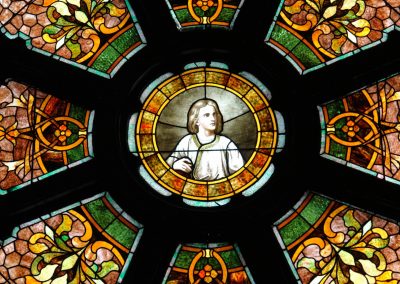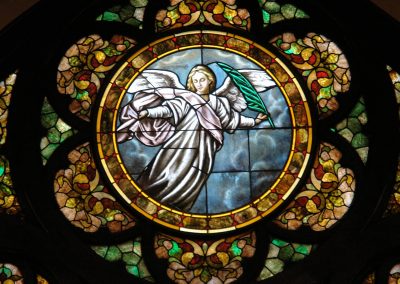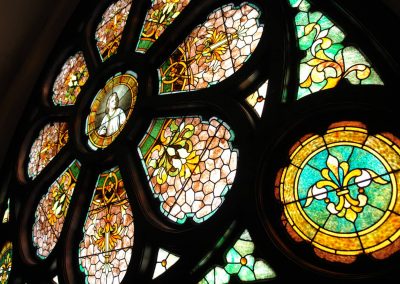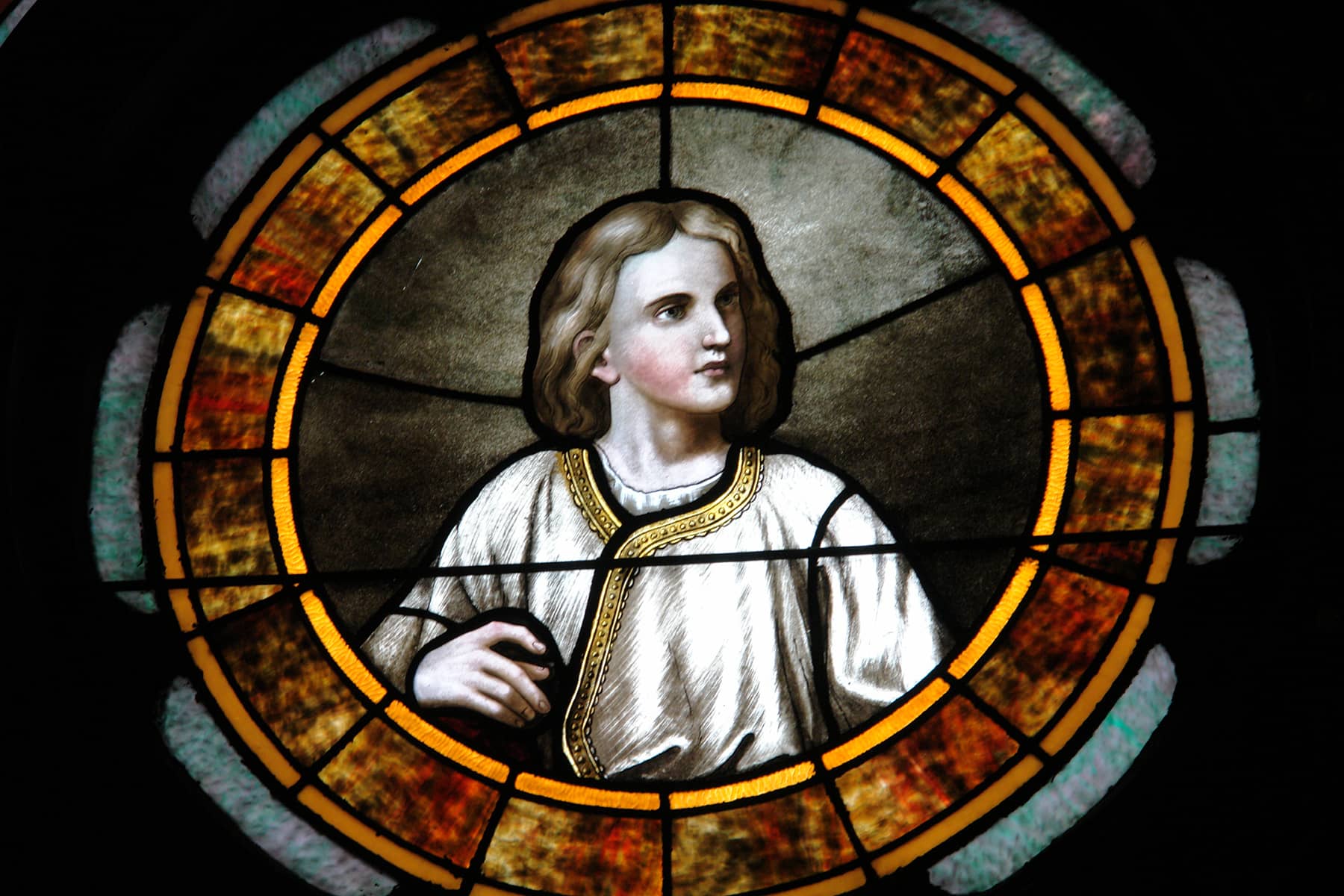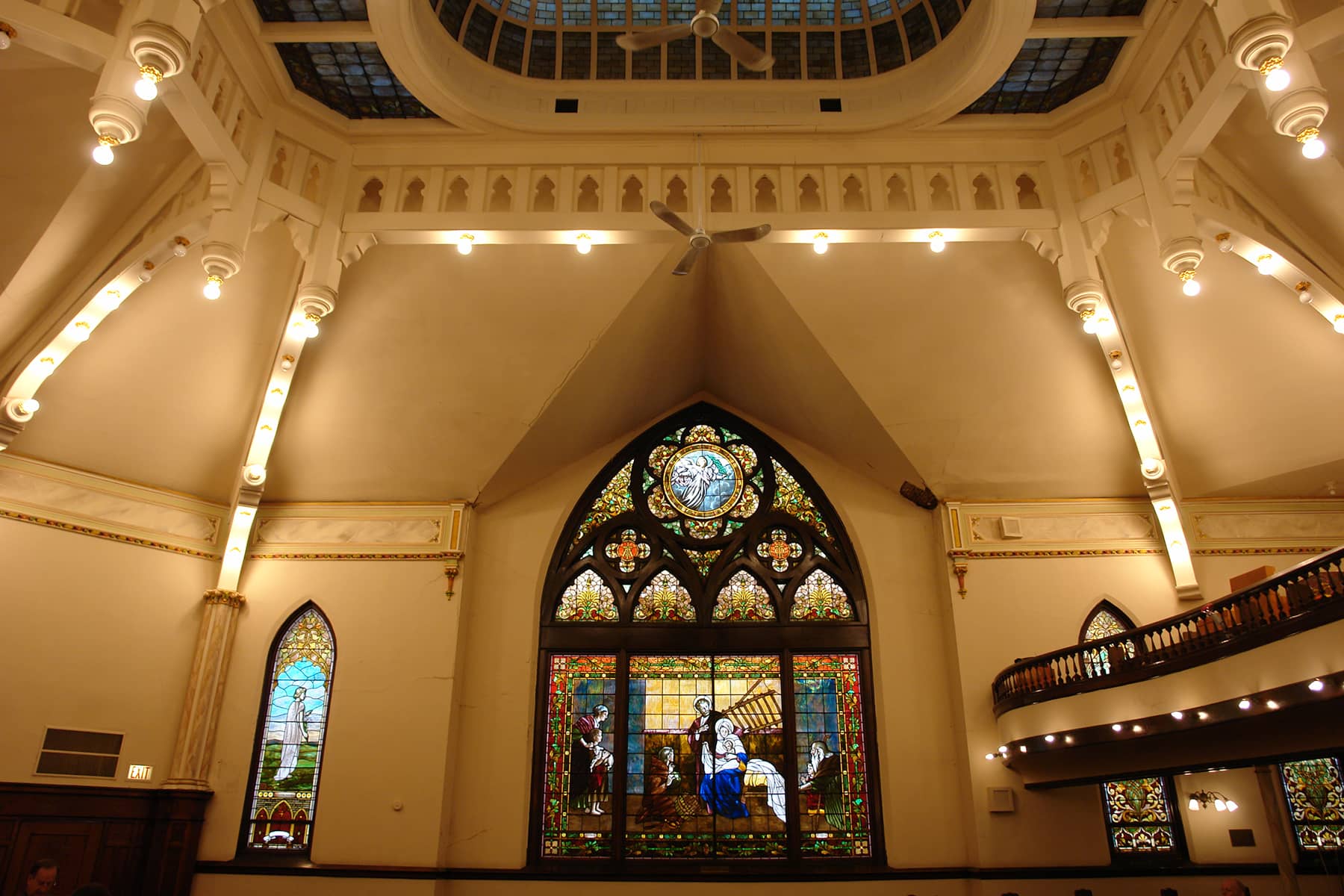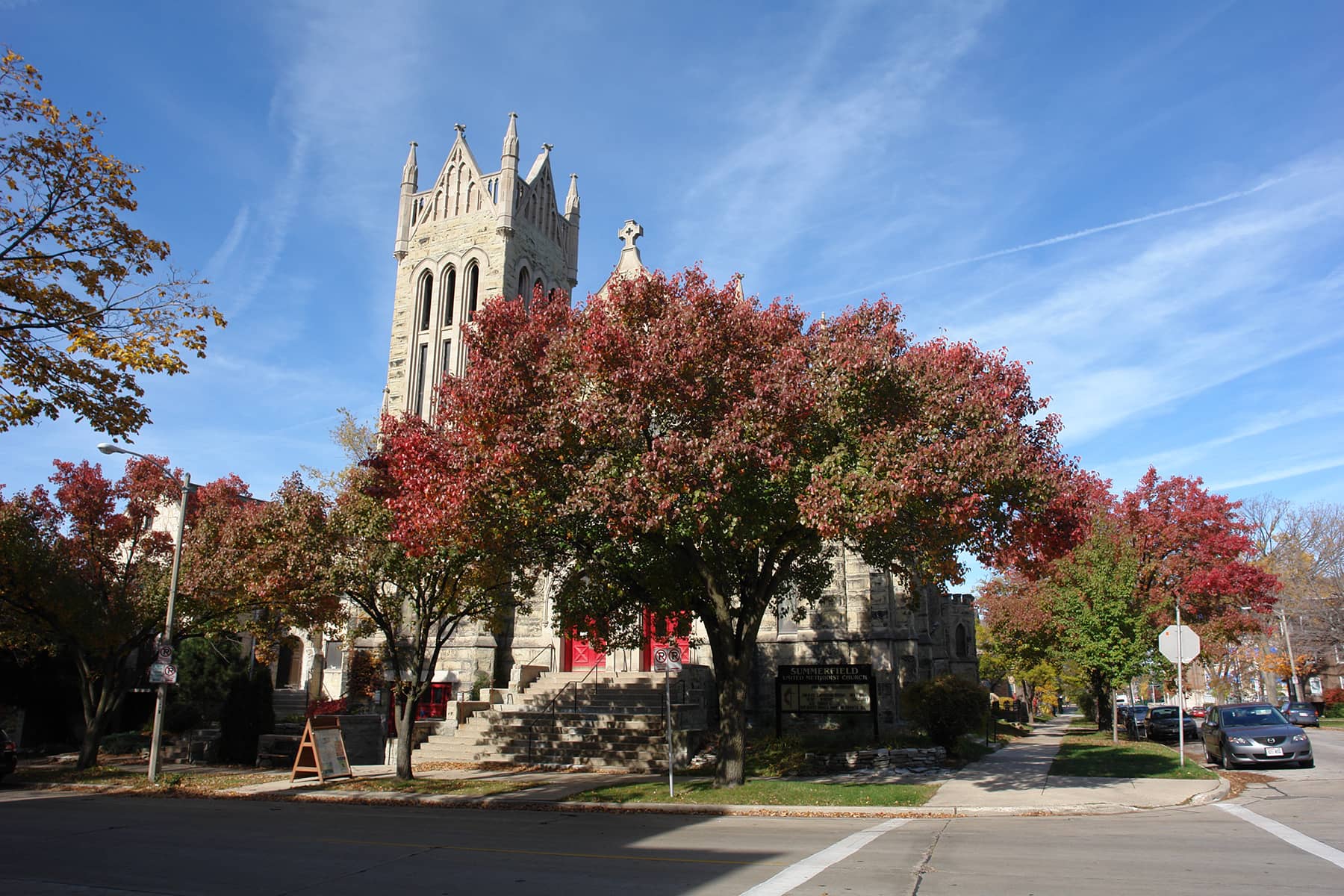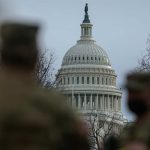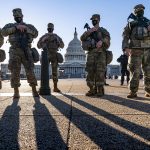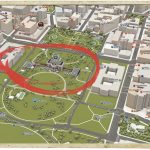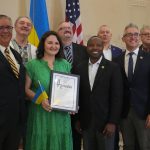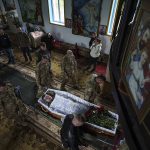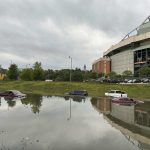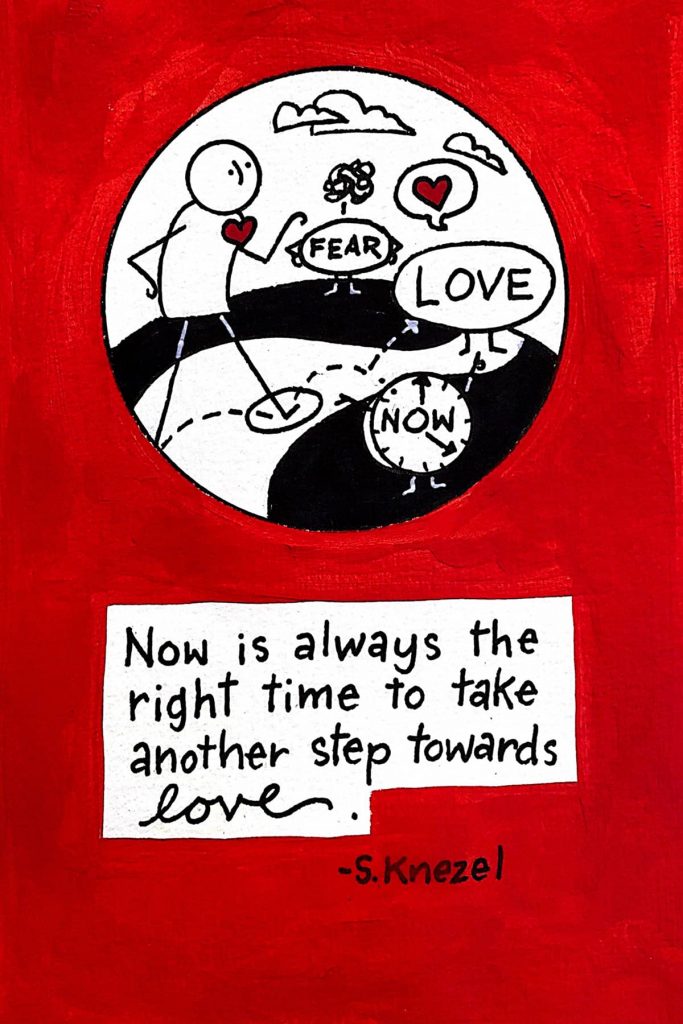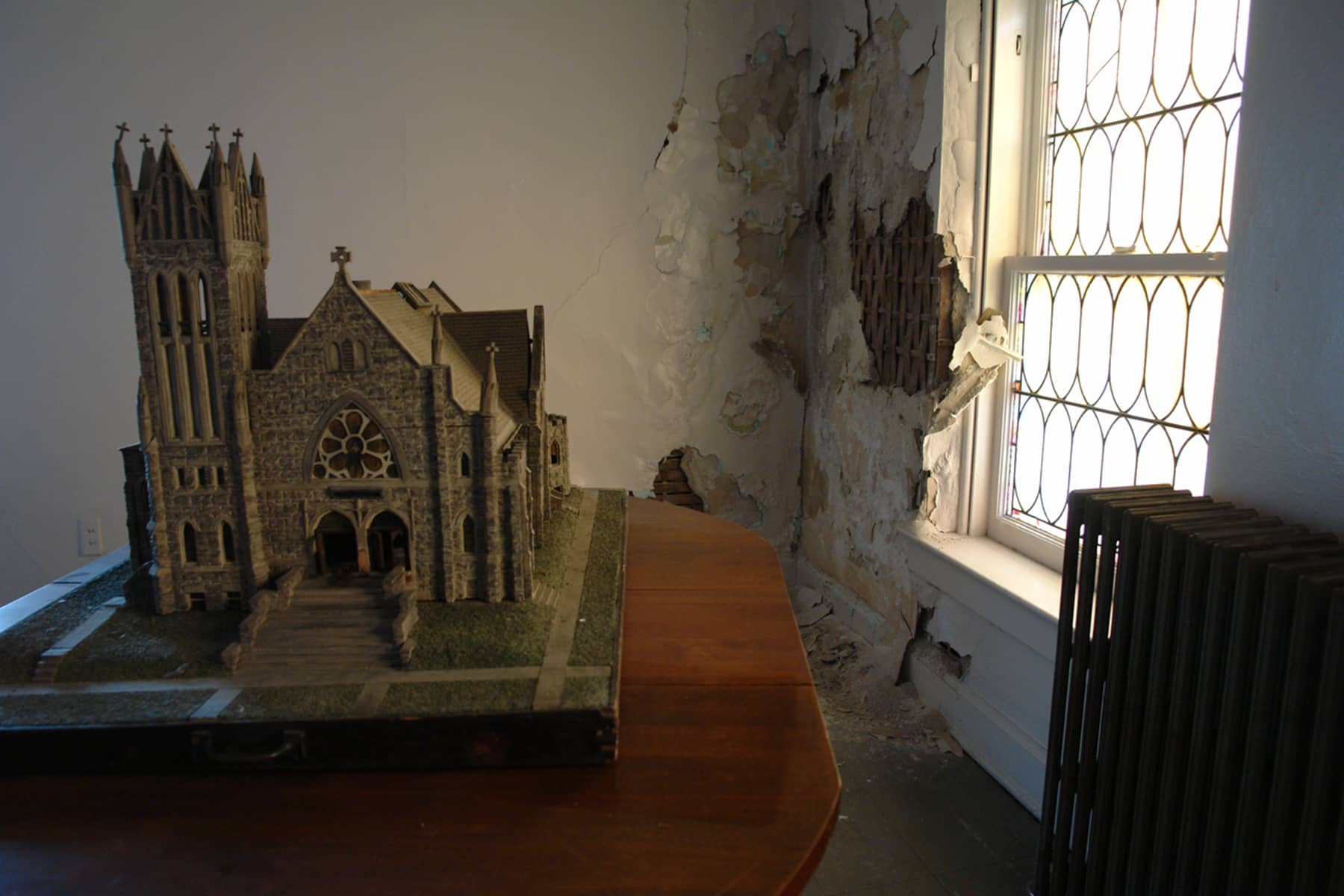
For more than 170 years, the congregation of Summerfield United Methodist Church served as a moral anchor on Milwaukee’s east side. Founded in 1852 by abolitionists, it was sustained through eras of reform and remembered as the birthplace of Goodwill Industries. Since 1904, its Gothic Revival building at Cass and Juneau has stood as a visual landmark and a center for compassion-based outreach. This editorial series revisits Summerfield’s legacy on the second anniversary of its final service, held June 25, 2023.
In July 2023, Summerfield United Methodist Church, one of Wisconsin’s oldest Methodist congregations, held its final service and quietly closed its doors after more than a century of continuous presence in the Yankee Hill area of downtown Milwaukee.
The sanctuary, once a spiritual beacon for the city’s east side, fell silent as members and supporters gathered for a last reflection beneath dimmed lights and flaking plaster. Stained glass windows, some darkened or cracked, overlooked empty pews.
The building had long shown signs of decay, but it was the institutional fractures that proved irreparable.
The church’s death was not sudden.
It was the slow erosion of hope under the weight of water-damaged ceilings, obsolete electrical systems, and sagging finances.
Members faced more than just physical deterioration, they struggled with what it meant to be a city congregation left behind. The pandemic merely accelerated the inevitable. But for those closest to the work of the church, its demise was long anticipated by others with the power to intervene.
Though the closure might be viewed as yet another chapter in the nationwide trend of shuttering churches, Summerfield was more than a sanctuary. It was a crucible of compassion, with a small membership sustaining an outreach ministry that fed the hungry, clothed the cold, and offered warmth, both literal and spiritual, to those most in need.
Its basement operated as a resource center. Meals were served, donated clothes distributed, and job seekers guided by free internet access. A member of the congregation used to bake fresh sourdough bread for distribution to the hungry, until a local bakery supplemented the program with weekly donations.
Student volunteers from Milwaukee School of Engineering (MSOE) helped serve meals, ensuring the operation maintained dignity and hospitality, even as the building’s condition deteriorated faster than efforts could be made to repair it.
In the eyes of its supporters, Summerfield’s mission outlived the structure that housed it. But its collapse also raised difficult questions, particularly about the role of the Wisconsin Conference of the United Methodist Church, headquartered in Sun Prairie.
While individual leaders within the Methodist administration offered encouragement, the wider institutional support needed to sustain Summerfield never materialized. Internal opposition from rural factions of the denomination, historically resistant to investing in urban ministries, undermined efforts to secure meaningful financial help.
The Summerfield congregation, though small, had asked for resources that were theoretically available. But any vision for long-term viability was met with delay, hesitation, or silent obstruction from Wisconsin’s Methodist community. For those in Milwaukee, it felt less like oversight and more like abandonment.
Summerfield’s congregation had long resisted this outcome. For decades, members fought to keep their church alive despite growing indifference from higher-ups and creeping deterioration within the walls.
Members of the congregation tried to have the building registered as a historical landmark, to prevent it from being demolished one day. But the Wisconsin Conference of the United Methodist Church pushed back against the idea, because it threatened their ability to seize and liquidate the property.
Summerfield and its property were owned by the congregation, but under the governance structure of the United Methodist Church (UMC), that ownership was held in trust. That meant the local congregation managed and used the property, but the ultimate authority rested with the church’s regional body. If the church was forced to close, then the Wisconsin Conference would be able to take possession of it.
Plans to revitalize the building or lease unused space were implemented, but keeping those initiatives sustainable was a challenge. Major restoration work was privately funded, which kept the church going for another decade, but it was not enough. And in the end, it was not just declining membership or an aging building, it was the quiet math of disinterest that closed the church.
For years, there had been quiet conversations, some going back to the early 2000s, about the Wisconsin Conference wanting to sell the church instead of saving it. The congregation resisted, aware that closing would transfer control of the property. That shift of ownership, critics argue, created a perverse incentive to let the church fade, then profit from its sale.
While such a motive could never be proven, it was an open secret and remains a lingering suspicion among those who gave their time and hearts to Summerfield. They remember the pastoral encouragement, the scriptural affirmations, but not even a fraction of the institutional support given to rural churches in Wisconsin’s heartland.
Summerfield, both as a place and in its community, had always served as a space for healing. It was a blessing and strength that also proved to be a paradox. People came in broken by life, by faith, by hardship, and found comfort. But when their wounds healed, many moved on.
Growth was difficult to sustain. And unlike the affluent suburban churches that dotted the state, Summerfield offered no obvious return on financial investment. In a state conference increasingly focused on consolidation and survival, an urban ministry with no growth margin found itself expendable.
Still, the congregation held on. For years, they continued the tradition of roasting sweet corn on the Fourth of July, handing it out to passersby heading to the lakefront fireworks, an act of warmth that required no sermon. The building itself bore witness to lives changed, lives mourned, lives recommitted. But as its mission grew broader, so did the gap between what it could offer and what it could maintain.
By the time an external assessment placed the repair estimate at $1.3 million, there was no path forward. Though the building was visibly suffering due to decades of deferred maintenance, it was not the physical collapse that most haunted the congregation. It was the spiritual unraveling of the United Methodist Church itself.
A schism over LGBTQ inclusion had splintered the denomination across the country. The Wisconsin Conference was not immune.
The UMC’s long-simmering internal conflict boiled over in recent years, as conservative congregations began formally disaffiliating in response to growing calls for full inclusion of LGBTQ clergy and same-sex marriage.
Wisconsin, a state with a wide ideological gap between its rural and urban communities, found itself fractured. Urban churches like Summerfield that were welcoming, affirming, and diverse found themselves politically and financially isolated.
Meanwhile, rural congregations, backed by a more traditionalist and hardline conservative base, held the votes and shaped the conference’s priorities.
The contradiction was bitterly felt. Summerfield, a church grounded in the Methodist ethos of open hearts, open minds, and open doors, became a casualty of a denomination unable to practice what it preached.
Advocates within the congregation had tried to remain hopeful even as the church’s national identity shifted. But when “United” no longer applied to the institution’s actions, many were forced to reckon with the theological and moral cost of staying in the fold.
The divide did not erupt overnight. Years earlier, a passionate attempt to revitalize the Methodist Church in Milwaukee had been ignited by local leaders who were passionate to realize the then-Bishop’s vision for growth.
But what followed was not expansion. It was a fracture. Those involved came to believe that the failure was not just strategic or financial, it was spiritual. The very church they wanted to save and expand had chosen division over transformation.
The culture wars that dominated American politics had infected the pews, exposing deep fault lines within a supposedly unified faith.
For Summerfield, those ideological battles were not abstract. They shaped funding decisions, leadership appointments, and public support. As national headlines focused on the slow-motion collapse of the UMC, Summerfield became a local example of what such disunity looks like in practice.
Its decline was not just the story of aging members or pandemic attrition. It was the story of a community punished for embodying the Gospel too faithfully, by feeding the poor, welcoming the stranger, and refusing to let theology be weaponized for exclusion.
When the church held its final service on June 25, 2023, it was not just longtime members who filled the sanctuary. Former attendees, area pastors, and volunteers from the church’s meal and outreach program came to say goodbye. It was a quiet crowd, heavy with remembrance. There were no grand pronouncements, just the weight of loss, of history, of fellowship, of potential unfulfilled.
The property has since been sold for redevelopment, although specific plans remain unclear. While it is expected to be adapted for housing, its lack of historic designation means that any number of things could happen to alter the building.
For those who once called Summerfield home, its legacy will not be bulldozed easily. The relationships forged there, the people fed and sheltered, the dignity extended to the forgotten, those things do not vanish with the building’s altered purpose.
Summerfield United Methodist Church may be gone, but what it represented lingers. It was never just about the building or the denomination. It was about a stubborn belief that faith should look like action, and that a city church, no matter how small, could still be a sanctuary. In a time when institutions falter, that belief is worth remembering.
- Faith Identity: What the “traditionalist denomination” split means for a Methodist Church in Milwaukee
- Construction Sunday: Milwaukee’s church renaissance and the process of renovation at Summerfield
- A Hand Up, Not a Hand Out: 100 years of Milwaukee’s Goodwill began in the basement of Summerfield
- William H. Metcalf: Iconic pictures of 1870s Japan were taken by an amateur Milwaukee photographer
Lee Matz


